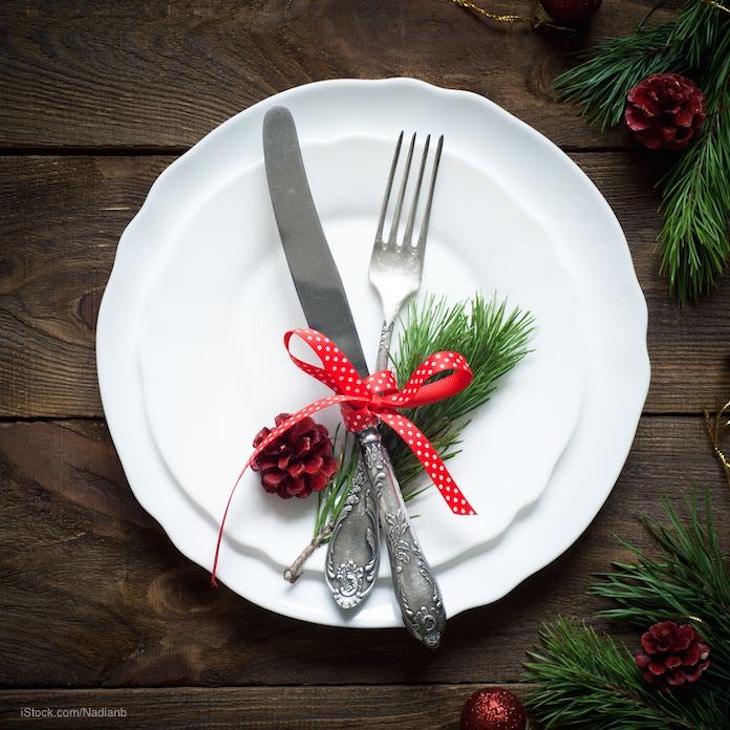It’s the holiday season, which means that people are cooking more and hosting parties and gatherings. But this may be the first time cooking for a large group for you. In that case, these holiday food safety tips from the FDA will help.

If you don’t understand food safety, the risk that someone will get sick from how you handle food increases. The possibility of cross-contamination, undercooked, and improper chilling and reheating exists every time you are in the kitchen. Learning these rules is especially important if you have anyone at your gathering who is at higher risk for serious complications from food poisoning, including the elderly, young children, pregnant women, and those with chronic illnesses and compromised immune systems.
It’s important to know the four basic food safety rules: Clean, Separate, Cook, and Chill.
Clean: Before you start cooking, wash your hands with soap and water for at least 20 seconds. Also wash food contact surfaces, including dishes, utensils, countertops, and cutting boards, with hot soapy water. It’s also crucial that you wash those items after preparing each food item and going on to the next. Rinse fruits and vegetables under running water and use a produce brush to scrub firmer fruits and veggies. (Remember that produce rinses do not remove all pathogens.) And conversely, near rinse raw meat and poultry before cooking, since the bacteria on them can aerosolize and spread around your kitchen.
Separate: Keep raw meats, poultry, eggs, fish, and seafood away from foods that are eaten uncooked. It’s best to use separate cutting boards for raw meats and poultry and other foods, especially for new cooks. And never put cooked food on any plate or platter that previously held raw meat, poultry, seafood, or raw eggs without being washed first.
Cook: Know the safe final internal temperatures of all foods, and follow them. Check all temperatures with a reliable food thermometer. Know that the color of food is not a reliable indicator of doneness. Bring all sauces, soups, and gravies to a rolling boil when reheating. Reheat leftovers to 165°F. Cook eggs until the yolk and white are firm, and don’t use recipes that call for raw eggs, unless you are using pasteurized eggs. And don’t eat raw cookie dough.
Chill: Its important to keep cold foods cold and hot foods hot. When you are serving food, mark the time you take it out of the fridge and oven. Foods must be put into the refrigerator within two hours of that time, or bacteria will grow. Never defrost meats or poultry at room temperature; defrost them in the fridge and allow enough time for them to fully thaw. And use leftovers within three to four days or freeze them for longer storage.
Finally, never taste any food that you aren’t sure about, even if it smells or looks fine. Pathogens that can make you sick do not change the appearance, texture, taste, or aroma of the food. When in doubt, throw it out!




